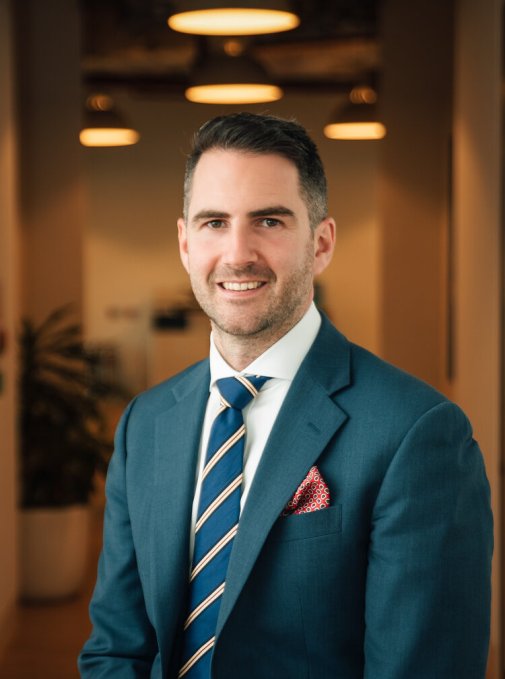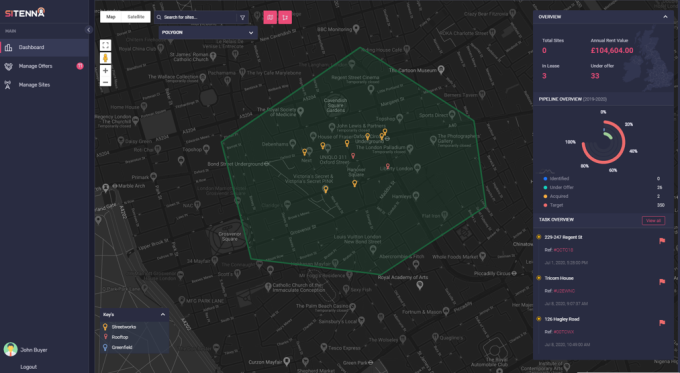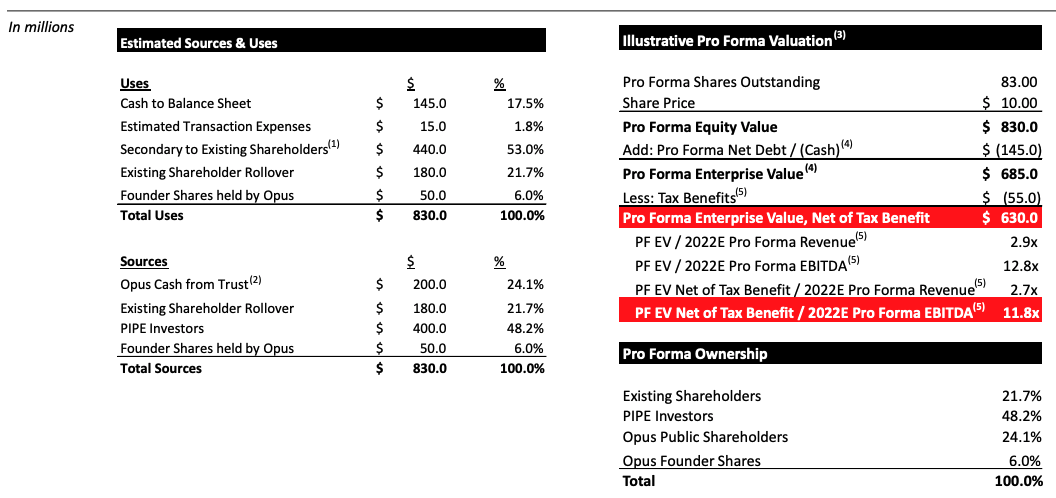Today, both the U.S. Department of Justice and the Securities and Exchange Commission charged Manish Lachwani, co-founder of mobile app testing company HeadSpin, with fraud. The SEC says he violated antifraud provisions, and the civil penalties it’s seeking include a permanent injunction, a conduct-based injunction, and to bar him for serving as a corporate executive or board member.
The DOJ, which arrested Lachwani earlier, has accused him of one count of wire fraud and one count of securities fraud, and the associated penalties if he’s found guilty are more harsh, including, for wire fraud, a maximum sentence of 20 years in prison and a fine of $250,000. If he’s found guilty of securities fraud, he faces a maximum sentence of 20 years in prison and a fine of $5,000,000.
Both the the SEC and the DOJ say Lachwani — who led the six-year-old company as CEO until May of last year — defrauded investors out of $80 million by falsely claiming that HeadSpin had “achieved strong and consistent growth in acquiring customers and generating revenue” when he was pitching its Series C round to potential backers.
By the SEC’s telling, his fabrications were designed to help secure the round at a so-called unicorn valuation. That apparent plan worked, too, with Palo Alto-based HeadSpin attracting coverage in Forbes in February of last year after Dell Technologies Capital, Iconiq Capital and Tiger Global provided the company with $60 million in Series C funding at a $1.16 billion valuation. Forbes reported at the time that the valuation was double the valuation investors assigned HeadSpin when it closed its Series B round in October 2018.
The SEC also says that Lachwani was looking to enrich himself, saying he did so “by selling $2.5 million of his HeadSpin shares in a fundraising round during which he made misrepresentations to an existing HeadSpin investor.” (It isn’t clear from its complaint whether the SEC is referring to the Series C or an earlier round.)
The two federal complaints suggest that Lachwani’s alleged scheming to inflate HeadSpin’s valuation dates back to “at least 2018,” and the DOJ says it picked up momentum when the company was fundraising in late 2019.
More specifically, the DOJ complaint alleges that “in materials and presentations to potential investors, Lachwani reported false revenue and overstated key financial metrics of the company … he maintained control over operations, sales, and record-keeping, including invoicing, and he was the final decision-maker on what revenue was booked and included in the company’s financial records.”
In the investigation that led to the DOJ’s charges, the FBI discovered “multiple examples” of Lachwani “instructing employees to include revenue from potential customers that inquired but did not engage HeadSpin, from past customers who no longer did business with HeadSpin, and from existing customers whose business was far less than the reported revenue,” says the department.
How far off were these collective calculations? The complaint says that ultimately, Lachwani “provided investors false information that overstated HeadSpin’s annual recurring revenue … by approximately $51 million to $55 million.”
According to the complaint, Lachwani’s fraud unraveled after the company’s board of directors conducted an internal investigation and revised HeadSpin’s valuation down from $1.1 billion to $300 million. Indeed, in August of last year, The Information reported that the company was planning to lower the value of its Series C stock by nearly 80%.
The outlet reported at the time that Lachwani had already been replaced by another executive. That person, according to LinkedIn, is Rajeev Butani, who joined HeadSpin as its chief sales officer early last year.
Nikesh Arora, a former SoftBank president and the current CEO and chairman of Palo Alto Networks, helped lead the internal review as a then-director on the board of HeadSpin, said The Information.
The SEC says its investigation is continuing. The DOJ similarly notes in its announcement that “a complaint merely alleges that crimes have been committed, and all defendants are presumed innocent until proven guilty beyond a reasonable doubt.”
Either way, the outlook doesn’t look very promising right now for Lachwani, who, according to Forbes, previously sold a mobile cloud business to Google and wound up co-founding HeadSpin after Yahoo co-founder Jerry Yang introduced him to Brien Colwell, a former Palantir and Quora engineer who was working at the time on a different startup.
Colwell remains with HeadSpin as its CTO. He has not been named in either the SEC or the DOJ’s complaints relating to HeadSpin.
The company itself, which says it has been cooperating with the government’s investigation, was also not charged.
Powered by WPeMatico





 (@_ZoeTwoDots)
(@_ZoeTwoDots)